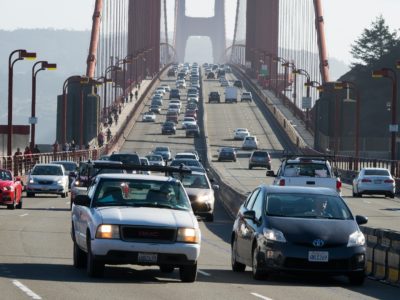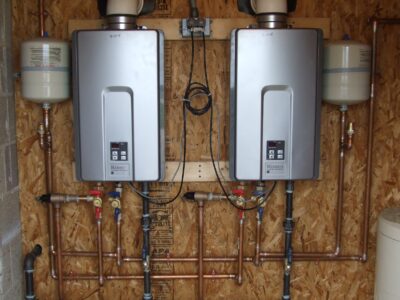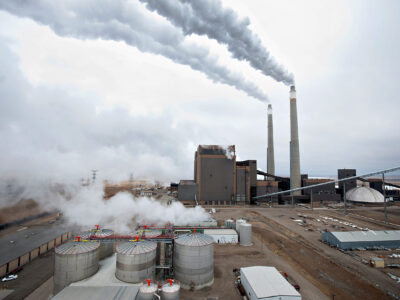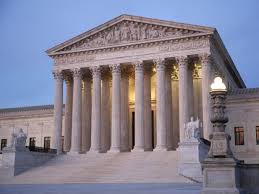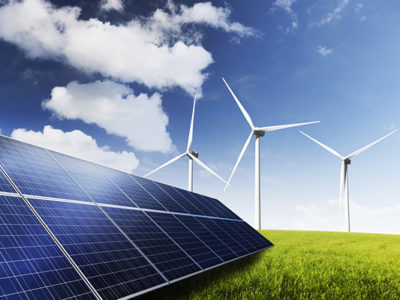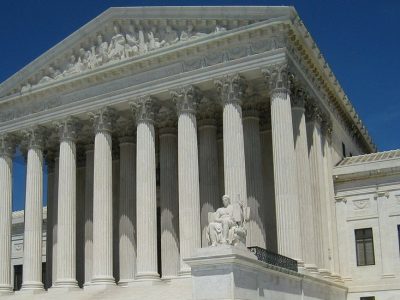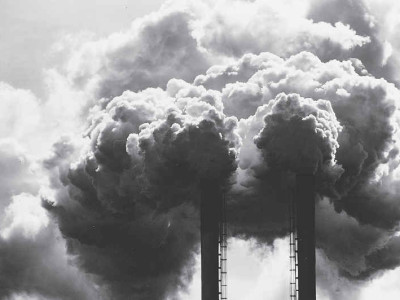air pollution
Cars, Smog, and EPA
Over the past fifty years, EPA has overseen incredible reductions in auto pollution.
This is part of an occasional series of posts about the evolution of pollution standards. Today’s subject is pollution control for new vehicles, which have been known to cause smog since the 1960s. The history of these pollution standards is quite distinctive. At the high temperatures in internal combustion engines, some of the nitrogen in …
Continue reading “Cars, Smog, and EPA”
CONTINUE READINGState Air Regulations Can Go Above and Beyond National Standards
State and local regulators can and should work to reduce particulate matter, ozone, and NOx emissions even when national standards are met.
States and local air quality regulators have the legal authority to set particulate matter (PM), ozone, and nitrogen oxides (NOx) emissions standards and adopt regulations for these pollutants when they are already in attainment of the national ambient air quality standards (NAAQS) set by the U.S. Environmental Protection Agency (EPA) under the federal Clean Air …
Continue reading “State Air Regulations Can Go Above and Beyond National Standards “
CONTINUE READINGSpewing Out Mercury
These three power plants cause a big share of America’s mercury pollution.
In Ireland, poor people used to burn peat from fuel. Barely a step ahead of that, some American power plants burn semi-fossilized peat (lignite) to run their generators. It turns out that those power plants produce about a third of all the toxic mercury emissions of the entire industry. Even more remarkably, about half of …
Continue reading “Spewing Out Mercury”
CONTINUE READINGConstraints on Rollbacks
Regulations have some sticking power, even when the White House changes hands.
The Trump Administration’s massive campaign against government regulation was horrifying at the time and depressing in retrospect. Many people have been left with doubts about whether it’s even worthwhile to bother with new regulations, given the risk of a switch in control of the White House. I don’t question Trump’s regulatory carnage. But Obama’s achievements …
Continue reading “Constraints on Rollbacks”
CONTINUE READINGEPA and the Student Loan Decision
Will the major questions doctrine block EPA’s proposed rules?
Biden v. Nebraska, the student loan case, provided a new opportunity for the Court to apply the major question doctrine. Does this decision increase the threat that EPA’s proposed new regulations will be struck down under this doctrine? A careful reading of the majority opinion is at least somewhat reassuring. The Court painted a picture …
Continue reading “EPA and the Student Loan Decision”
CONTINUE READINGNot Just About the Climate
The benefits of the energy transition transcend climate.
The main reason to control carbon is to protect the climate. But cleaning up the energy system has plenty of other benefits. Those benefits will flow to people in rural areas as well as urban ones, to national security and international development, and to nature itself. To begin with, there are the health benefits of …
Continue reading “Not Just About the Climate”
CONTINUE READINGThe Car Rule and the Major Questions Doctrine
Claims that the new rule violates the doctrine are groundless.
Ever since the Supreme Court decided West Virginia v. EPA, conservatives and industry interests have claimed that just about every new regulation violates the major question doctrine. When the Biden Administration ramped up fuel efficiency requirements through 2026, ideologues such as the Heartland Institute and states like Texas were quick to wheel out this attack. …
Continue reading “The Car Rule and the Major Questions Doctrine”
CONTINUE READINGHow Garden-Variety Air Pollution Regulation Promotes Environmental Justice
Cleaning up our nation’s air benefits the disadvantaged most of all.
Evidence is mounting that air pollution regulation is an effective way of reducing health disparities between disadvantaged communities and the population as a whole. The basic reason is simple: Air pollution is the biggest environmental threat to poor communities and communities of color. As the American Lung Association has said: “The burden of air pollution …
Continue reading “How Garden-Variety Air Pollution Regulation Promotes Environmental Justice”
CONTINUE READINGWhy the Bay Area’s Zero-Emission Appliance Rule is a Big Deal
BAAQMD’s trailblazing rule will ban the sale of new gas furnaces and water heaters to combat nitrogen oxide pollution. It marks a big victory for public health and the planet.
Air quality officials in the San Francisco Bay Area just made history by moving to adopt the nation’s first rules phasing out new gas-fueled water heaters and furnaces in homes and businesses within about eight years. This action serves as a major step in the effort to curb health-harming and planet-warming emissions from buildings. Several cities …
Continue reading “Why the Bay Area’s Zero-Emission Appliance Rule is a Big Deal”
CONTINUE READINGDeregulation, Normal Accidents, and the Airborne Toxic Event
What can we learn from the East Palestine train wreck?
Source: Wikimedia Commons The East Palestine train derailment is the story that won’t go away. Images of enraged residents shouting at company executives and government officials about the inadequacy of the response remind us all that across our vast industrial economy accidents of one sort or another are always waiting to happen while private firms …
Continue reading “Deregulation, Normal Accidents, and the Airborne Toxic Event”
CONTINUE READING



